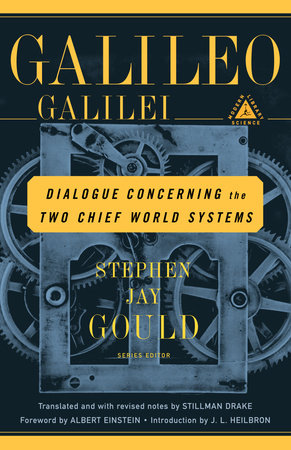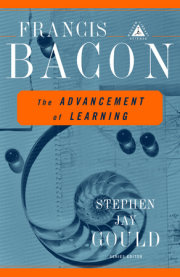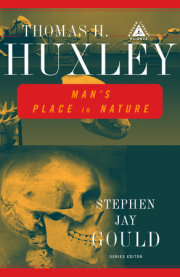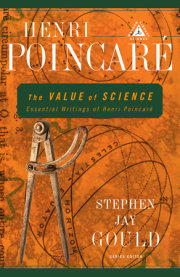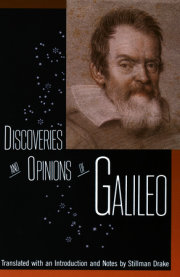The First DayInterlocutors Salviati, Sagredo, and SimplicioSalviati. Yesterday we resolved to meet today and discuss as clearly and in as much detail as possible the character and the efficacy of those laws of nature which up to the present have been put forth by the partisans of the Aristotelian and Ptolemaic position on the one hand, and by the followers of the Copernican system on the other. Since Copernicus places the earth among the movable heavenly bodies, making it a globe like a planet, we may well begin our discussion by examining the Peripatetic steps in arguing the impossibility of that hypothesis; what they are, and how great is their force and effect. For this it is necessary to introduce into nature two substances which differ essentially. These are the celestial and the elemental, the former being invariant and eternal; the latter, temporary and destructible. This argument Aristotle treats in his book De Caelo, introducing it with some discourses dependent upon certain general assumptions, and afterwards confirming it by experiments and specific demonstrations. Following the same method, I shall first propound, and then freely speak my opinion, submitting myself to your criticisms-particularly those of Simplicio, that stout champion and defender of Aristotelian doctrines.
The first step in the Peripatetic arguments is Aristotle's proof of the completeness and perfection of the world. For, he tells us, it is not a mere line, nor a bare surface, but a body having length, breadth, and depth. Since there are only these three dimensions, the world, having these, has them all, and, having the Whole, is perfect. To be sure, I much wish that Aristotle had proved to me by rigorous deductions that simple length constitutes the dimension which we call a line, which by the addition of breadth becomes a surface; that by further adding altitude or depth to this there results a body, and that after these three dimensions there is no passing farther-so that by these three alone, completeness, or, so to speak, wholeness is concluded. Especially since he might have done so very plainly and speedily.
Simp. What about the elegant demonstrations in the second, third, and fourth texts, after the definition of "continuous"? Is it not there first proved that there are no more than three dimensions, since Three is everything, and everywhere? And is this not confirmed by the doctrine and authority of the Pythagoreans, who say that all things are determined by three-beginning, middle, and end-which is the number of the Whole? Also, why leave out another of his reasons; namely, that this number is used, as if by a law of nature, in sacrifices to the gods? Furthermore, is it not dictated by nature that we attribute the title of "all" to those things that are three, and not less? For two are called "both," and one does not say "all" unless there are three.
Copyright © 2001 by Galileo Galilei; Translated and with revised notes by Stillman Drake; Foreword by Albert Einstein; Introduction by J.L. Heilbron. All rights reserved. No part of this excerpt may be reproduced or reprinted without permission in writing from the publisher.

